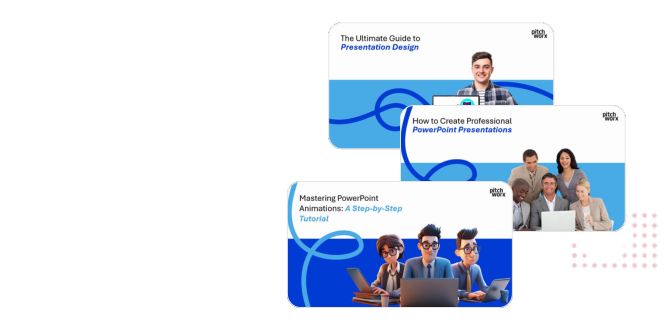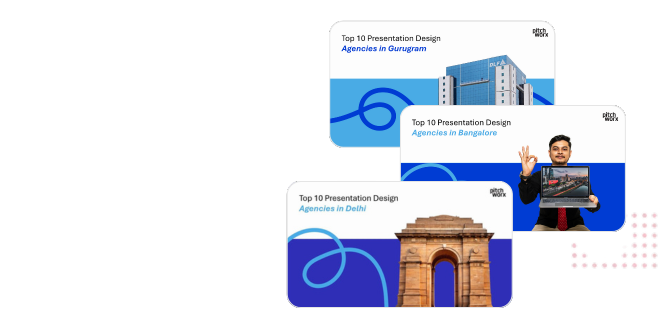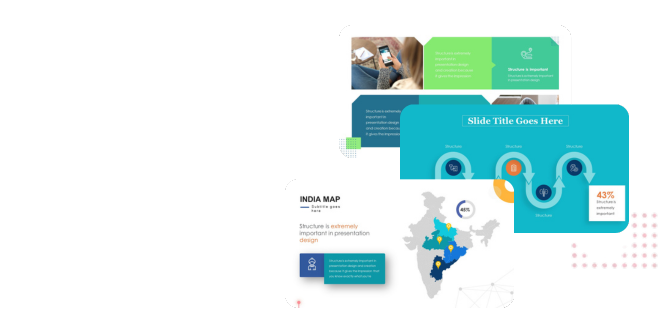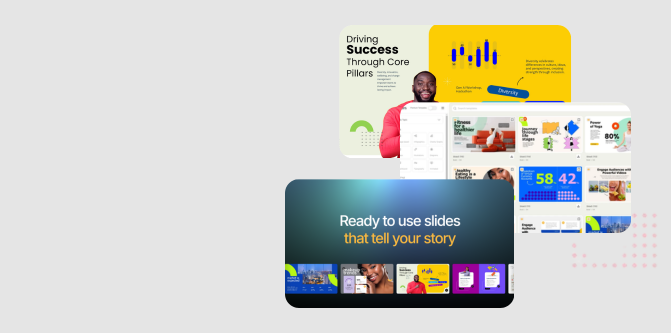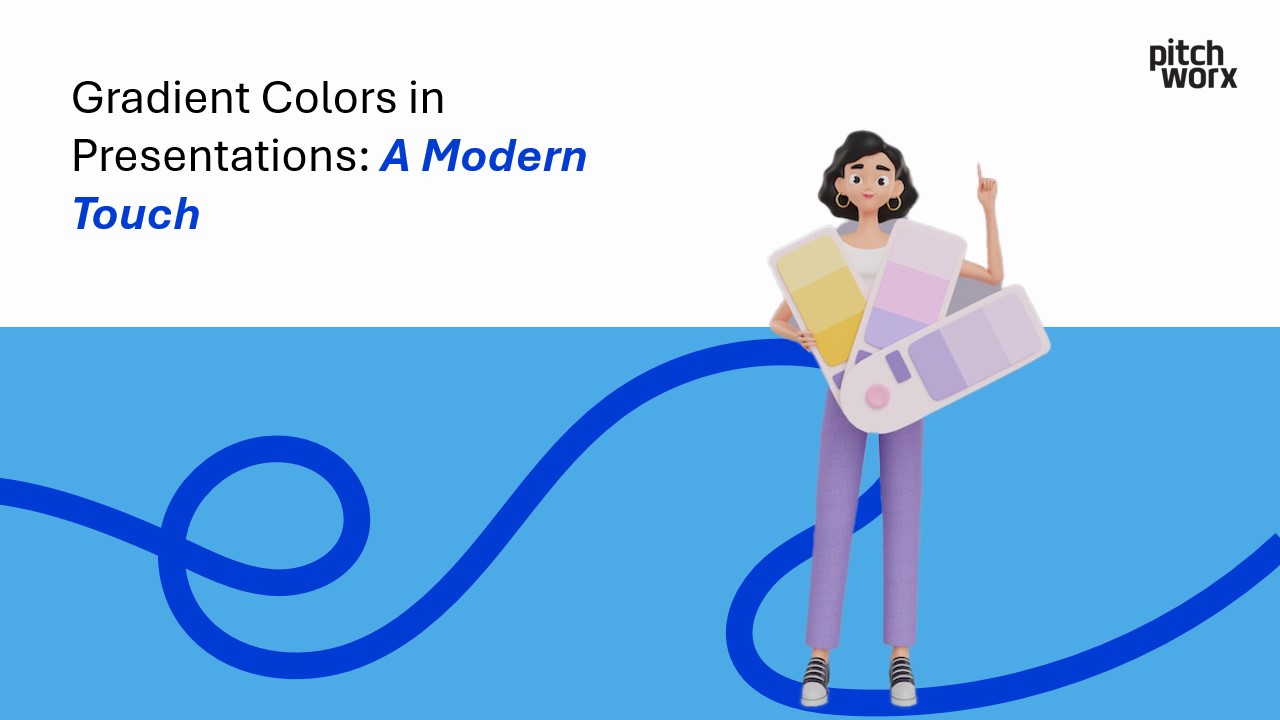
Gone are the days of plain white slides with basic black text. Today, presentations are evolving into visually engaging stories, and gradient colors are at the forefront of this evolution. From sleek pitch decks to attention-grabbing marketing slideshows, gradients are redefining how we communicate ideas.
What makes gradient colors stand apart? They’re modern, dynamic, and flexible, offering a way to elevate your presentations while leaving a lasting impression on your audience. Whether you’re a designer, marketer, or business executive, this blog will show you why gradients are trending and how to use them effectively in your presentations.
And if you’re looking to create stunning, professional-grade presentations, consider Pitchworx—a design agency known for delivering pitch-perfect visuals that combine creativity with strategy.
Now, let’s explore why gradient colors are becoming a staple in modern presentation design.
Why Gradient Colors Are Trending in Modern Presentations
Gradients are more than just a visual trend—they’re a storytelling tool. Unlike solid colors, gradient effects create depth and dimension, making your presentations feel more engaging and professional.
But why now? Digital platforms like Canva and Figma have popularized gradients by encouraging more creative expression in design. Plus, bold and colorful slides have become a hallmark of innovative companies like Apple and Google, influencing trends in modern design practices.
More importantly, gradients are versatile. Whether you’re building a sales deck or pitching investors, gradient colors can adapt to any tone—playful, luxurious, or professional.
Benefits of Using Gradient Colors for Visual Impact
Using gradient colors strategically can completely transform the aesthetic and effectiveness of your presentations. Here are the key benefits:
1. Create Depth and Movement
Gradients can add a three-dimensional quality to flat slides by mimicking the way light and shadow interact in real life. This creates a sense of motion and intrigue without overwhelming the viewer.
2. Enhance Visual Hierarchy
When used wisely, gradients direct the audience’s focus toward key points. For example, a gradient with a bright center that fades outward automatically draws attention to the center of your slide.
3. Convey Emotion Effectively
Gradients can evoke feelings that resonate with your content. A soft blue-to-green gradient feels calming and trustworthy, while bold red-to-orange gradients exude energy and passion.
4. Modernize Your Slides
Audiences resonate with visuals that feel fresh and contemporary. Gradient designs are associated with forward-thinking brands and are a subtle way to showcase innovation within your slides.
How Gradient Colors Enhance Storytelling in Presentations
At its core, a presentation is a story—and gradients can play a crucial role in how that story unfolds.
1. Setting the Tone
Gradients help establish the mood of your presentation from the very first slide. A presentation for a luxury brand could use soft gold gradients to evoke sophistication, whereas a startup pitch deck might choose vibrant purples to convey creativity and ambition.
2. Connecting Emotionally
Gradient colors can trigger emotions that align with your message. For example, a healthcare company could integrate calming greens and blues to communicate trust and care in an internal training deck.
3. Creating Transitions
Gradients can act as visual “bridges” between slides. Transitioning from a light gradient to a darker one can signify a shift in tone, helping your audience follow the flow of your story seamlessly.
Best Practices for Choosing Gradient Combinations
Using gradients effectively requires more than just aesthetic appeal—it’s about finding the right balance. Here’s how you can select gradient combinations that enhance (rather than detract from) your message:
1. Stick to a Two-Color Palette
Start simple. A cohesive two-color gradient is clean and professional, reducing the risk of overloading your slides.
2. Match Colors to Your Brand
If your company has brand guidelines, align your gradient colors with your brand’s palette. This ensures your presentation feels consistent and professional.
3. Mind the Contrast
Ensure your gradients provide enough contrast for readability. Avoid combinations that make text difficult to read, like light pastels against white backgrounds.
4. Use Subtlety in Business Settings
While vibrant gradients are great for creative industries, subtle gradients (e.g., soft blues or greys) convey professionalism in corporate environments.
5. Avoid Overusing Gradients
Balance is key. Use gradients on key slides, but don’t overuse them—plain slides in between can create a powerful design rhythm.
Contact Pitchworx today
for expert PowerPoint presentation design services that make an impact!
Tools and Techniques for Creating Gradient Effects
You don’t need to be a graphic designer to create beautiful gradients. Here are some user-friendly tools and techniques to get started:
Tools:
- Canva – Perfect for beginners with its pre-designed gradient templates.
- Figma – Offers advanced gradient customization options for free.
- Adobe Illustrator – Ideal for those needing detailed gradient effects for high-end presentations.
- Google Slides – Simple yet effective for incorporating gradients into slide designs.
Techniques:
- Overlay Gradients
Layer gradients over images to create a glowing effect. This helps balance an image-heavy slide with text.
- Text Fill Gradients
Instead of standard text colors, apply a gradient fill to your typography for a sleek look.
- Opacity Adjustments
Lower the gradient opacity to create a soft, blended background effect that’s elegant rather than overpowering.
Examples of Successful Presentations with Gradient Designs
Here are a few real-world examples of how gradients have been successfully used in impactful presentations:
1. Tech Startup Pitch
A leading startup used a sleek blue-to-purple gradient background to emphasize innovation during a funding presentation. The result? Increased investor interest and almost immediate post-presentation discussions.
2. Luxury Brand Sales Deck
A luxury goods company incorporated gold-to-white gradients to convey elegance in its presentation deck when pitching new product lines to high-end retailers.
3. Healthcare Training Deck
A healthcare company adapted calming green-to-blue gradients, creating a soothing atmosphere for an internal training session. Employees reported improved focus and engagement.
Looking to replicate this level of professionalism? Pitchworx can bring this same polished style to your presentation, ensuring your slides leave a strong impression.
Elevating Your Presentations with Gradients
Gradient colors are more than just a trend—they’re a way to breathe life, depth, and professionalism into your presentations. Whether you’re pitching to investors, tackling a sales presentation, or training employees, gradients can adapt to emphasize your message while captivating your audience.
If you’re ready to create visually stunning presentations that make a difference, Pitchworx is here to help. With years of experience and a creative touch, we specialize in helping businesses like yours craft winning presentations.
Elevate your design and communication—get in touch with Pitchworx today!




